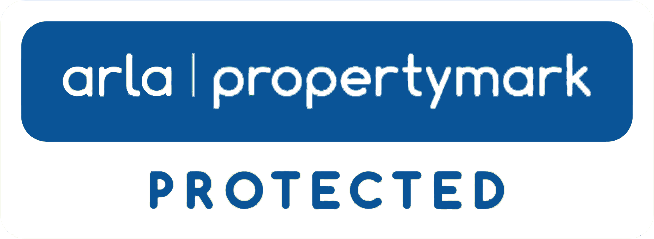
For the first time in four years, the Bank of England (BoE) has reduced the Base Rate to 5%, down by 0.25%. This change, effective this month, follows a long period of rate hikes aimed at controlling inflation.
Why the Rate Cut Now?
The BoE had been increasing rates to combat high inflation, which peaked at over 10% in early 2023, well above the government’s target of 2%. By June, inflation had dropped to the target level, and it remained stable in July. With this positive trend, the BoE decided to cut the rate to support the economy without risking a resurgence in inflation.
What’s Happening with Mortgage Rates?
Earlier this year, an unexpected rise in inflation led to higher mortgage rates throughout the spring. However, with inflation now under control and mortgage lenders competing for new business, rates have started to decrease. Recently, we’ve seen the first sub-4% rates for borrowers with larger deposits, and more lenders are expected to follow suit.
The average 5-year fixed rate has dropped from 6.08% in July 2023 to 4.87% this week, while the average 2-year fixed rate has decreased from 6.61% to 5.25%.
Expert Insight
Matt Smith, our mortgage expert, says: “The Base Rate cut is a welcome change. While immediate drastic reductions in mortgage rates aren’t expected, we anticipate a continued downward trend. This sets the stage for potential further cuts, but it’s important to remember that mortgage rates are likely to settle higher than before, with Base Rate projections around 3.25%.”
How Does the Rate Cut Affect Your Current Mortgage?
If you have a fixed-rate mortgage, your payments won’t change until your current deal ends. However, for those with tracker mortgages or variable rate mortgages tied to the Base Rate, your monthly payments will decrease in line with the new rate.
If your fixed-rate mortgage is ending soon, start considering your next deal. Use a mortgage calculator to see how much you could borrow and get a personalized result with a Mortgage in Principle.
The Mortgage Charter
Launched in July 2023, the Mortgage Charter aims to help those struggling with payments and those nearing the end of their fixed rates. It encourages lenders to offer flexibility and allows borrowers to lock in new deals up to six months before their current rate ends. Remortgaging to another lender is also an option, though it involves a longer process with income checks and possibly a home valuation.
What Does This Mean for Affordability?
Lenders’ stress test calculations, which determine whether you can afford a mortgage if repayments increase, are linked to Standard Variable Rates (SVRs). If SVRs decrease with the Base Rate cut, affordability might improve as the stressed amount will be lower.
Will Rates Drop Further?
The BoE’s Monetary Policy Committee meets every six weeks to decide on interest rates. While significant drops like those seen in 2021 are unlikely, the Base Rate is expected to gradually decrease through the rest of the year and into 2025, with another 0.25% cut anticipated by year-end.
The next interest rate decision will be announced on September 19, 2024, at 12pm. Keep an eye on market updates and consult with mortgage experts to navigate these changes effectively.
Adapted from Rightmove








